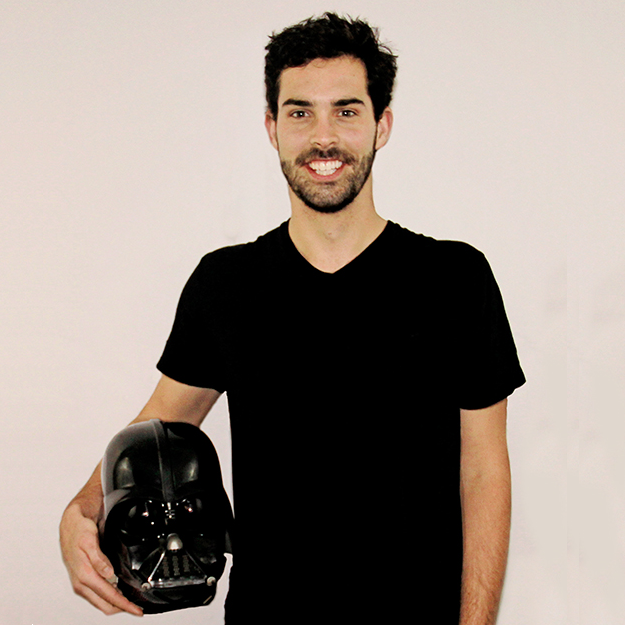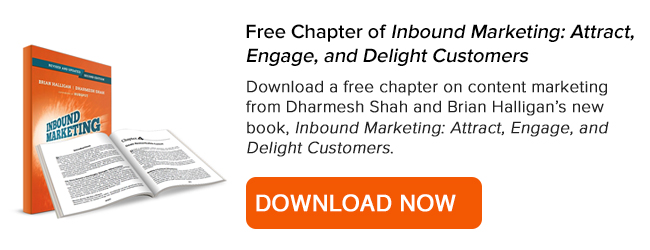Our email inboxes are full of blog titles that seem to tell us only one thing – you’re doing it WRONG! I am, on the other hand, going to share an approach that will complement what you are already doing, instead of changing it.
“No way!”, the news had come, we sat in stunned silence. Neither of us knew what to say. The subtle feeling of the heater warmed my leg and I felt my ankles getting moist as my extremities perspired from the closely applied heat; I still didn’t move. Out of the corner of my eye I saw a smile creep across my wife’s face. We caught each other’s glance, smiled, and jumped into each other’s embrace! “I can’t believe we got accepted!” I exclaimed. Her supportive nature increased the delight in our discovery.
Since October of last year we tried diligently to gain acceptance to Facebook Studio, an agency education platform. We were in. Our future with storytelling and social content creation had just begun.
Now that you are here with me, let’s change topics and talk about some of the buzzwords that all of us have been hearing. Since being accepted to Facebook Studio I’ve been able to glean invaluable knowledge about how a large-scale social network ecosystem function. Our email inboxes are full of blog titles like: “The Art of Storytelling”, “Grow your blog traffic through Facebook, Pinterest, Twitter, Vine, etc.”, or “Vine is the future for content marketing,”. All of this seems to tell us only one thing – you’re doing it WRONG!
*Stop, take a deep breath* I would like to take a minute to share an approach that will complement what you are already doing, instead of changing it. In other words, let’s keep you doing what is right and improve upon it!
Content Consumption
The web is morphing as people are growing in their rate of content adoption. “We have never produced more content nor consumed it more than we do now,” stated Levi Mills in Friends Don’t Let Friends Curate (FB’s Redesign) and he couldn’t be more right. We, the people, are putting our lives online. Ranging from our daily doggy walks to political movements, everything that we identify ourselves with is being published one click at a time.
So why is this important for us, publishers and content creators? So what?! People use the web more… *pause* We need to analyze the way people are consuming this information and then put the “cookies on the bottom shelf”.
Content “storytelling” seems to be among the many marketing buzzwords these days, but when it is harnessed it can be a very strong advocate. The relational makeup that each individual has is driving interaction on social platforms, but the flood of content is creating an Attention Deficit Disorder to the consumption process.
This is where we can be creative with learning how to adapt and recreate our content as we disperse our beacons on our different channels. Beacons telling people the same message… read more, on the blog.
Image Tells 1,000 Words
To strengthen your content’s story, images are the best weapon in your war against audience neglect (social media ADD). The saying “a picture is worth a thousand words” goes back to 1911 from a newspaper editor (go figure) discussing journalism and publicity, and it still is true with the internet today. Joseph Heinl, former Account Manager at Facebook, said in a brief interview, “… it’s not only about ‘what’ content users are reading, it’s ‘how’ they are discovering, consuming, and sharing.” Being discovered is what your blog desires, so allow us, inquisitive creatures (the readers), to discover it and join in your story.

Image source: Blog of Francesco Mugnai
How to Begin Storytelling
Start with the K.I.S.S. (Keep It Simple Stupid) method, and then expand only in the areas that you see later success. Posting short bite sized quotes from your blog post with a large image (preferably also from your blog post) and a call-to-action (CTA) to “read and learn more” will provide your audience with all of the essentials to discover the buried treasure that you have written in your blog (almost like a cover of a book).
You will find two great examples of the implementation of this CTA strategy displayed by the Facebook pages of Closet Cooking and Blog of Francesco Mugnai. Both of these blogs do a great job of posting vibrant pictures with short captions/copy of what the reader should expect when clicking on their links (back to the blog). Mugnai will even go as far as posting different pictures from the same article during selected times of the day on his Facebook page. ž
This is a brilliant strategy, taking into account people’s behavior: looking at their news feeds at different times during the day, and might otherwise miss his content. It also establishes familiarity and curiosity with his readers. “That’s interesting, but I’ll keep scrolling…. Oh, another amazing shot (photo) from the same link, okay now I must check into this blog post,” I find myself thinking this quite often while scrolling through my news feed as I see Mugnai’s work and am instantly drawn into the author’s storytelling style.

Image source: Blog of Francesco Mugnai
Facebook’s new releases (News Feed, Graph Search, Updated Timeline, etc.) remind us that we must learn how to adapt to each platform and utilize the medium’s benefits whenever, wherever you can. Facebook Open Graph integration with a blog is a perfect example of this, because of the effects it can have on broadening the social reach and virality of great content. Focusing on where your audience interacts socially and then establishing your presence will be the biggest step.
Just as I started this post with a detailed story, use your personal experiences to add a voice and flavor to your blog.
“How can I apply this?” you might ask.
Here are 7 universal tips that will help you leverage storytelling and blog outreach.
- Write posts that include personalized details to draw the audience in.
- Include personal experiences to tap into the reader’s emotional experience.
- Analyze where your audience is socializing online.
- Use large pictures wherever you can.
- Make your Call-to-actions clear and short.
- Engage every piece of content that comes back to you.
- Make your content easily digestible, consumable, and sharable.
This article was posted originally on Zemanta's blog.


 BACK TO ARTICLES
BACK TO ARTICLES 




